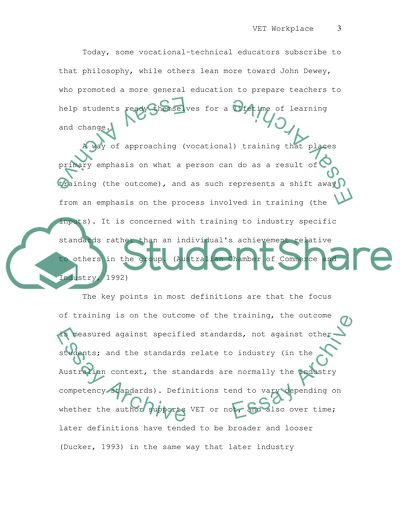Cite this document
(“National Training Framework and Vocational Education and Training Term Paper”, n.d.)
National Training Framework and Vocational Education and Training Term Paper. Retrieved from https://studentshare.org/education/1545409-essay
National Training Framework and Vocational Education and Training Term Paper. Retrieved from https://studentshare.org/education/1545409-essay
(National Training Framework and Vocational Education and Training Term Paper)
National Training Framework and Vocational Education and Training Term Paper. https://studentshare.org/education/1545409-essay.
National Training Framework and Vocational Education and Training Term Paper. https://studentshare.org/education/1545409-essay.
“National Training Framework and Vocational Education and Training Term Paper”, n.d. https://studentshare.org/education/1545409-essay.


